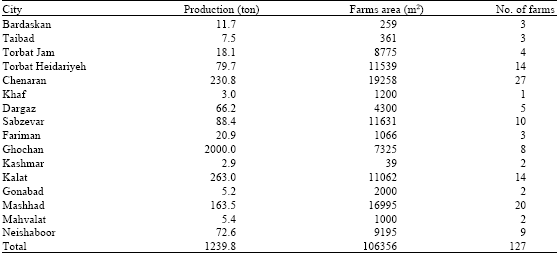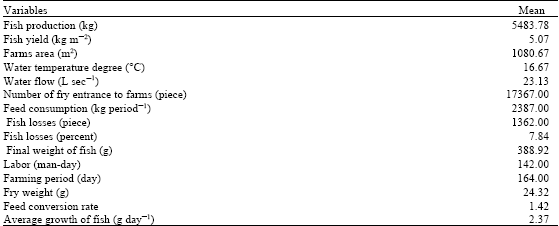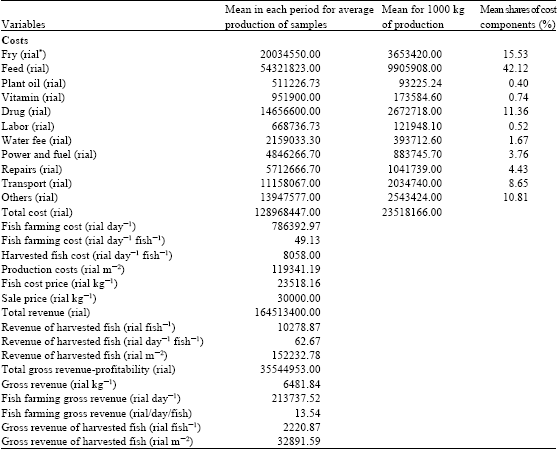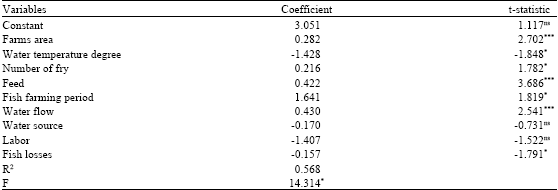Research Article
Factors Influencing on Trout Production in Khorasan Razavi Province
Department of Agricultural Economics Ferdowsi University of Mashhad, P.O. Box 91775-1163, Mashhad, Iran
H. Zare Mirakabad
Department of Biotechnology, Agricultural College, Ferdowsi University of Mashhad, P.O. Box 91775-1163, Mashhad, Iran













